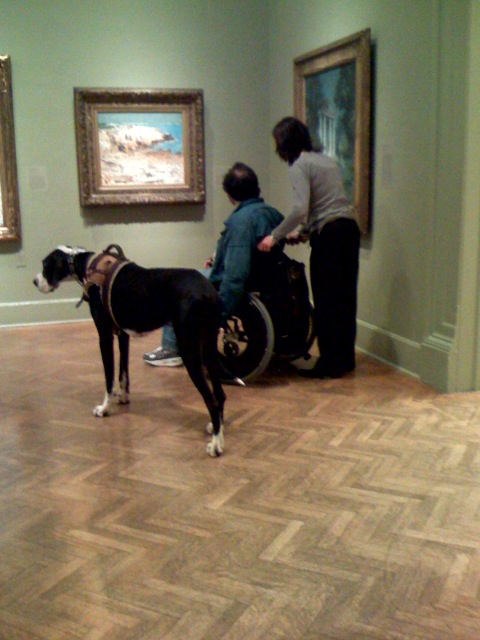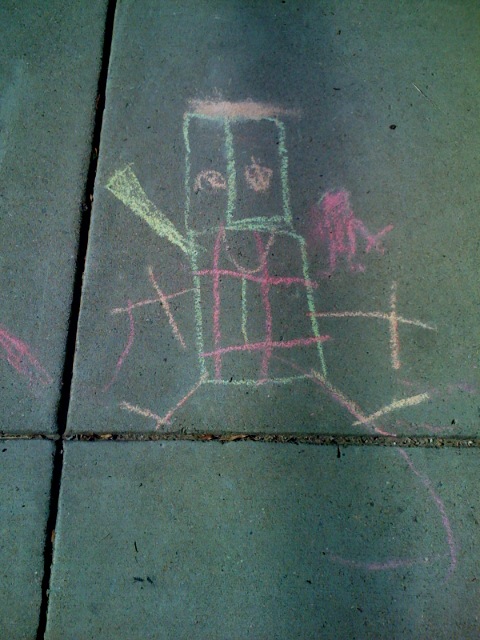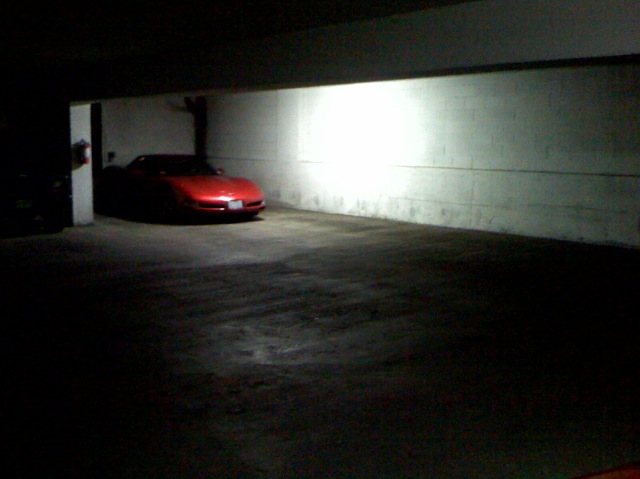.
Earlier this evening while visiting the National Gallery of Art I saw how smartly the museum has integrated a few of the thousands of American works of art it acquired last year from the defunct Corcoran Gallery of Art (founded 1869, dissolved 2014).
For example, the pinnacle of the Corcoran’s collection of Hudson River School paintings, Niagara (1857) by Frederick Edwin Church (1826-1900), has been given pride of place in this room at the National Gallery of Art — where it has become the painting people invariably stop to admire:
.
.
.
(For a memento of how the painting looked when it used to hang at the Corcoran Gallery of Art, click here.)
A strength of the Corcoran museum, and an element that in my personal experience over the years turned that institution into an enlightening museum of American history as well as a fine museum of American art, was its collection of genre paintings — depictions of everyday life in our nation. Here are four gems belonging to that category, newly huddled in a corner where they are adding vitality to visitors’ experience of the National Gallery of Art.
.
.
The large canvas on the left is a picture I made certain to pay my respects to on dozens of visits (starting in the 1970s) to its former home. Titled A Pastoral Visit, it was painted in 1881 by Richard Norris Brooke (1847-1920). A powerful narrative executed with controlled sentimentality, the painting succeeds in a way that Norman Rockwell — our most beloved genre artist — all too often does not.
On the right side of the photo, the three other paintings that came to the NGA from the Corcoran share Brooke’s ambition and achievement. But these are scenes of more modest scale, with a tone unique to each artist. From left to right: The Tough Story–Scene in a Country Tavern (1837) by William Sidney Mount (1807-1868); Waiting for the Stage (1851) by Richard Caton Woodville (1825-1855); and Leisure and Labor (1858) by Frank Blackwell Mayer (1827-1899), an early political commentary conveyed via posture and dress (while beautifully composed and painted, too).
Now I look forward to the NGA hanging on its walls additional, equally bold works from the Corcoran trove. Two suggestions, if I may: The Longshoreman’s Noon (1879) by John George Brown, and Nearing the Issue at the Cockpit (1879) by Horace Bonham.
.






